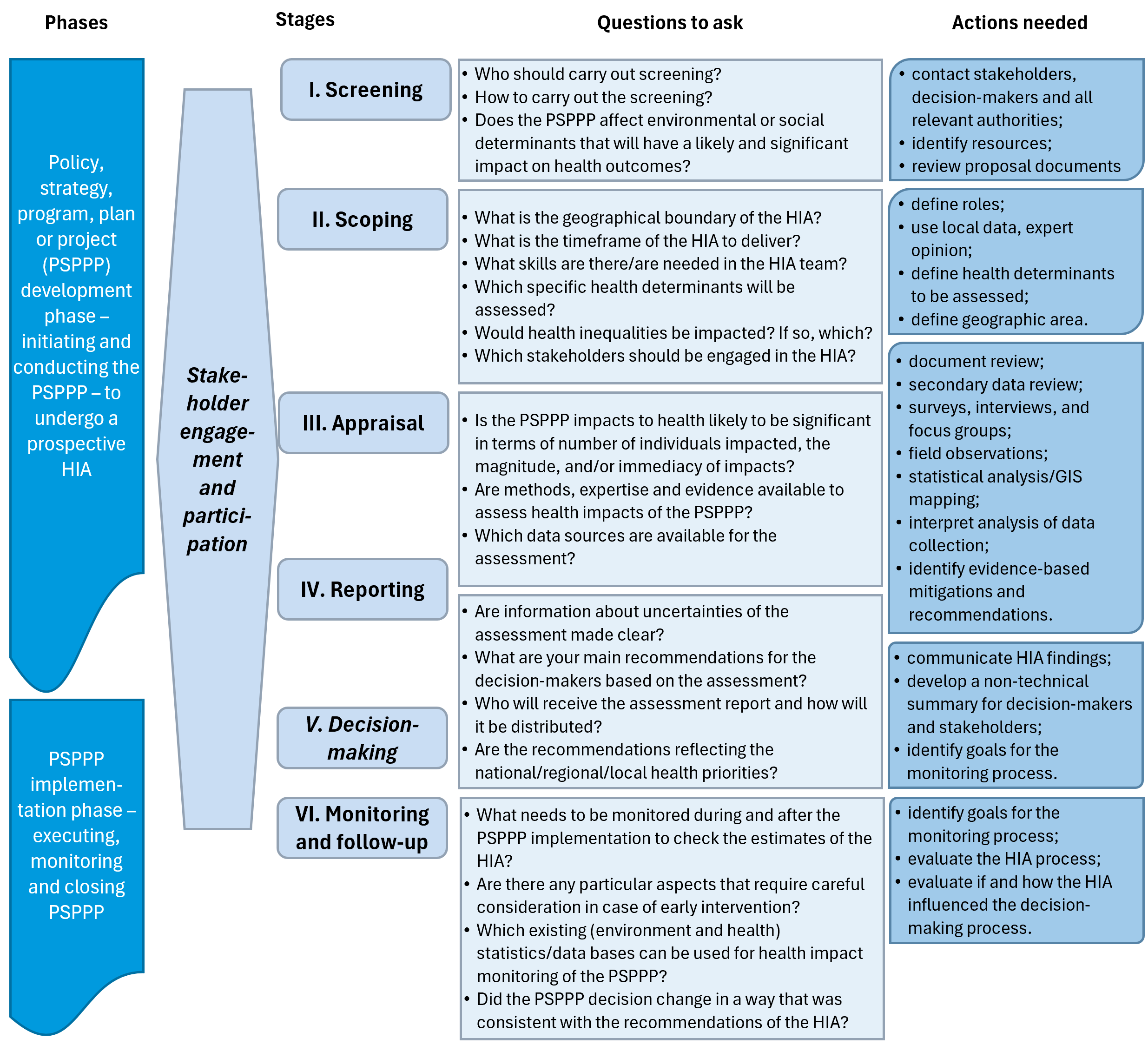![]()
Module 2: Identification of technological and policy interventions
Module 2 provides resources for comparing various options for clean household energy interventions. This module and its associated tools help users explore how different fuels, technologies, and policy designs can impact health, environmental, and other social and economic outcomes, such as those related to livelihood and equity.
The module includes resources for identifying fuels and technologies that can be considered clean and safe, estimating the potential health and safety impacts, exploring the cost-effectiveness of different interventions, and considering some of the key behavioral factors related to the sustained adoption of household energy (e.g. user’s satisfaction).
This module also emphasizes the importance of considering factors that contribute to an enabling policy environment for clean household energy interventions (i.e., successful plans, laws, and policies), as well as the need to identify drivers and bottlenecks for implementation. WHO has developed a Policy Repository, which includes examples of household energy policies and programs from countries around the world.

Clean Household Fuels










